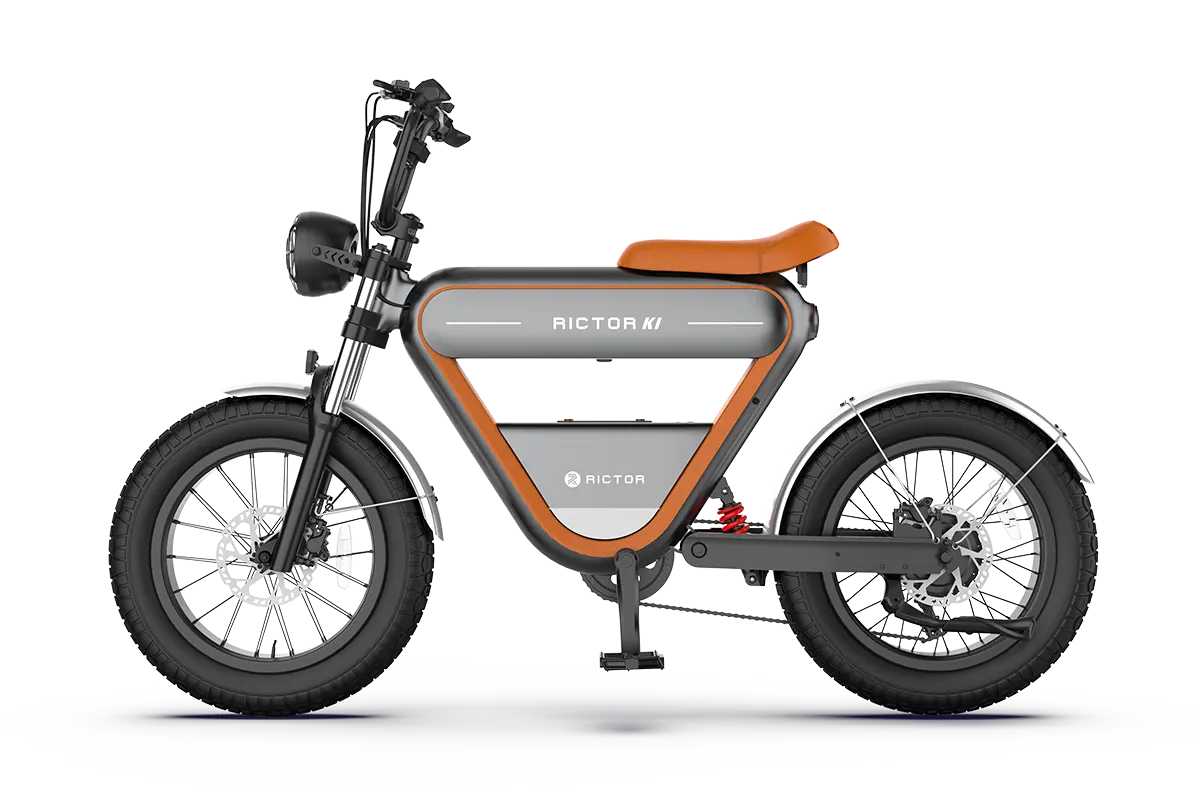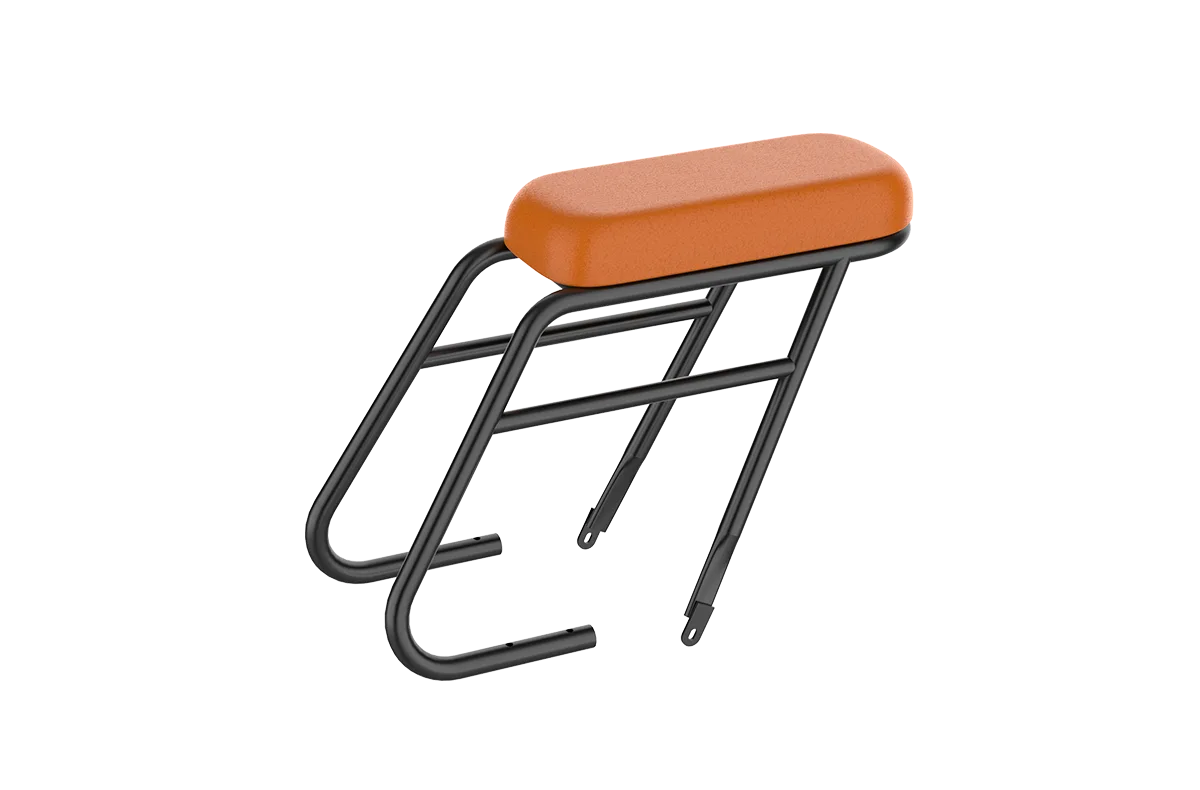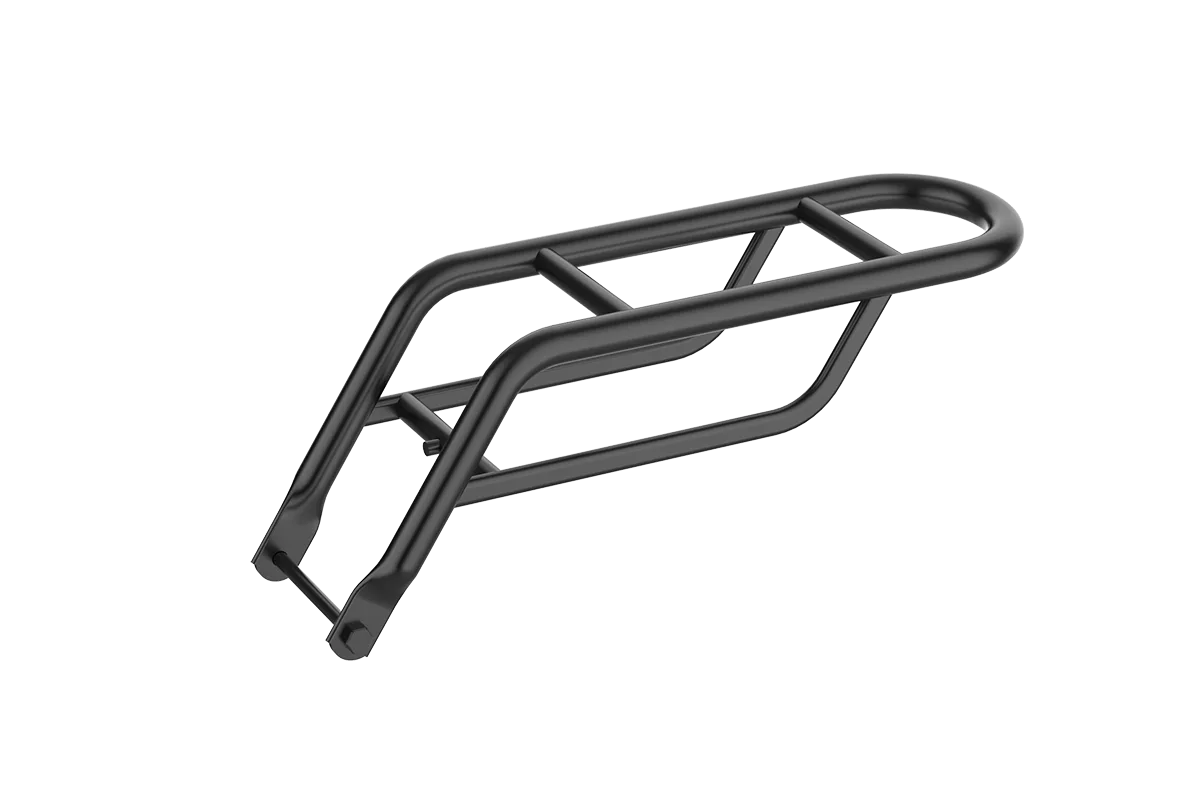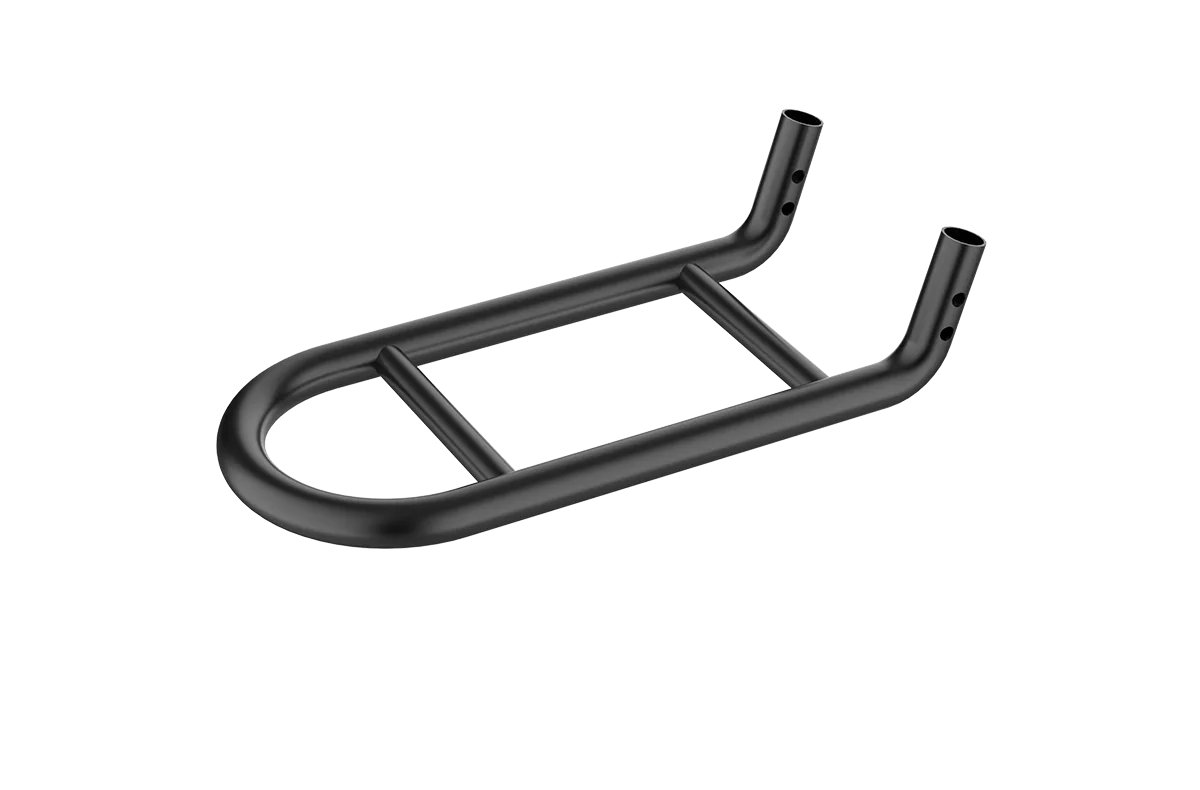Regenerative braking seems like a no-brainer for extending an e-bike's range. Yet despite the apparent benefits, the vast majority of e-bikes on the market today lack this technology.
Why Motor Type Matters
The single biggest barrier to implementing regenerative braking on e-bikes comes down to the type of motor most manufacturers choose to install. Regenerative braking systems require direct drive hub motors where the motor's axle connects directly to the wheel, allowing it to function as a generator during braking.
However, the e-bike industry has overwhelmingly adopted geared hub motors for very practical reasons. These motors are:
-
Significantly lighter and more compact than direct drive alternatives
-
More efficient during typical riding conditions
-
Better suited to the power-to-weight ratios needed for bicycles
The preference for geared hub motors makes perfect sense when you consider the priorities of most e-bike riders: reasonable weight, good range, and natural pedaling feel. Unfortunately, the mechanical design of most geared hub motors simply doesn't support regenerative functionality, immediately eliminating this feature as an option for the majority of e-bikes on today's market.
SEE ALSO What Is A Good Electric Bike?Essential Tips for Your E-Bike Purchase
Low Energy Recovery
Even when an e-bike does feature the necessary direct drive motor, the actual energy recaptured through regenerative braking falls dramatically short of what most consumers might expect. This discrepancy stems from the fundamental physics of bicycles compared to larger electric vehicles.
On level terrain with typical stop-and-go riding patterns, regenerative braking only recovers a meager 3-5% of energy used. Even in ideal scenarios with plenty of downhill sections, recovery rarely exceeds 10-15% at maximum. This limited return comes down to simple physics – e-bikes have substantially less mass and kinetic energy to recapture compared to cars or trucks.
Consider that decelerating from a relatively high speed of 45mph to a complete stop generates just about 0.1 kWh of energy. Now consider that most urban cycling rarely reaches such speeds, and the energy recovery potential diminishes even further. The fundamental difference is mass and velocity: an electric car accelerates thousands of pounds to high speeds, creating substantial kinetic energy to recapture, while an e-bike might only accelerate 150-200 pounds (rider plus bike) to modest speeds.
Weight Problems
The direct drive motors required for regenerative braking introduce significant compromises in the overall e-bike design. These motors are substantially heavier than their geared counterparts, adding unwanted weight to a vehicle where every pound matters.
This extra weight creates a counterproductive situation: the heavier motor needed for regenerative braking actually decreases the bike's overall range in most riding conditions. The energy recovered during occasional braking rarely offsets the additional energy constantly required to move the heavier motor.
Direct drive motors also lack a freewheeling mechanism, which means riders experience noticeable resistance when pedaling if the battery dies – a scenario that turns the e-bike into a particularly challenging traditional bicycle. For many riders, this potential situation represents an unacceptable risk compared to geared hub motors that can freewheel normally without power.
Battery and Safety Issues
Implementing regenerative braking introduces several challenges related to battery management and safety:
The regenerative charging process generates significant heat, which can potentially damage lithium batteries and reduce their overall lifespan if not properly managed. This heat management requires additional systems, further increasing complexity and weight.
Serious safety issues arise when attempting to use regenerative braking with a fully charged battery. Without somewhere for the recaptured energy to go, dangerous voltage spikes can occur. This necessitates sophisticated controllers programmed to handle these scenarios safely and prevent overcharging.
Some users with regenerative systems have reported concerning battery behavior, such as battery meters showing sudden jumps from 75% to 100% during extended downhill rides. These voltage spikes potentially impact long-term battery health and require additional protective circuitry.
How People Actually Ride
The effectiveness of regenerative braking depends heavily on riding style and terrain, but typical cycling patterns rarely provide optimal conditions for meaningful energy recovery:
Most cycling doesn't involve extended braking periods. Quick stops followed by acceleration are common in urban environments, but these brief braking moments generate minimal recoverable energy.
Urban stop-and-go traffic theoretically offers regenerative opportunities, but the gains remain minimal due to the relatively low speeds and masses involved.
Only riders in exceptionally hilly areas might see meaningful benefits, and even then, the energy recovery would remain modest compared to the total energy used during a typical ride.
Experienced cyclists tend to use braking judiciously, making the potential for regenerative benefits even smaller. As one cyclist noted, extended braking periods are rare in normal riding, limiting opportunities to recapture significant energy.
Practical Choices Win
When all factors are considered, the absence of regenerative braking from most e-bikes represents a rational engineering decision rather than an oversight. Manufacturers have prioritized the features that deliver the most value to riders: lighter weight, better pedaling characteristics, and overall efficiency. The marginal benefits of regenerative braking simply don't justify the added complexity, cost, weight, and potential performance compromises for most use cases.
Until technological advancements significantly alter this equation, regenerative braking will likely remain a niche feature in the e-bike market, found primarily on specialized models designed for specific use cases where the benefits might outweigh the considerable drawbacks.
FAQs
Would an e-bike with regenerative braking significantly extend my riding range?
No, in most real-world conditions, regenerative braking would only extend your range by 3-5% on flat terrain, possibly up to 10-15% in very hilly areas. The added weight of the required direct drive motor might actually decrease your overall range in many scenarios.
Can regenerative braking be added to my existing e-bike?
Generally no. Regenerative braking requires a direct drive hub motor, and most e-bikes use geared hub motors. Converting would require replacing the entire motor system and controller, making it impractical and cost-prohibitive for most bikes.
Are there any e-bikes that do offer regenerative braking?
Yes, some models like the RadCity and certain Onyx e-bikes do incorporate regenerative braking. These typically use direct drive hub motors and specialized controllers designed to handle the regenerative function safely.
💡 Explore More Here!
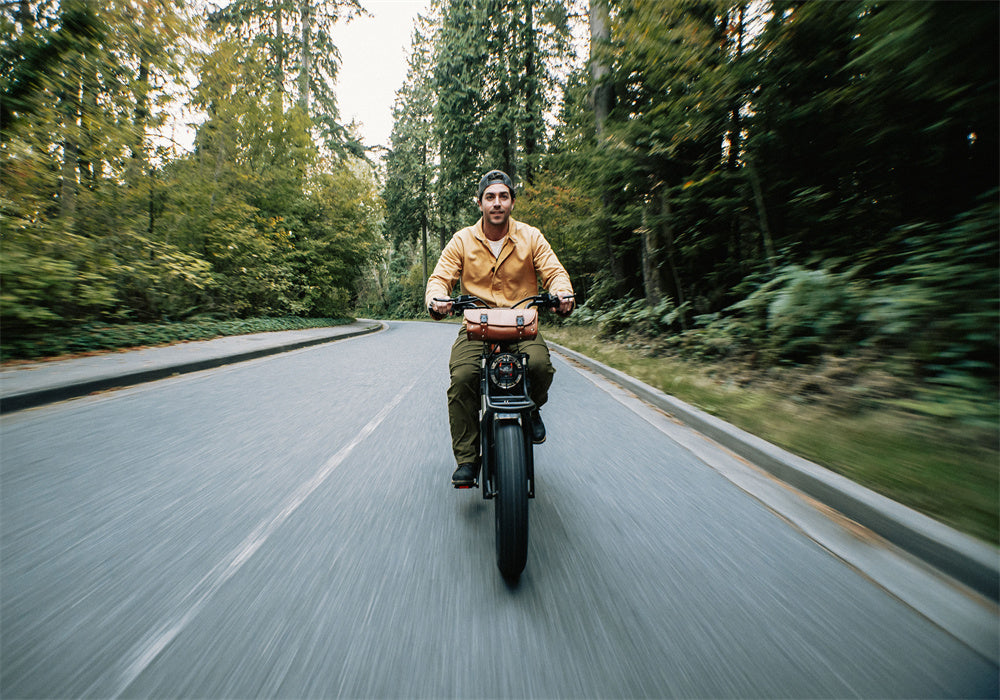
May 6, 2025
How to Adjust Rear Derailleur for Smooth and Precise Shifting
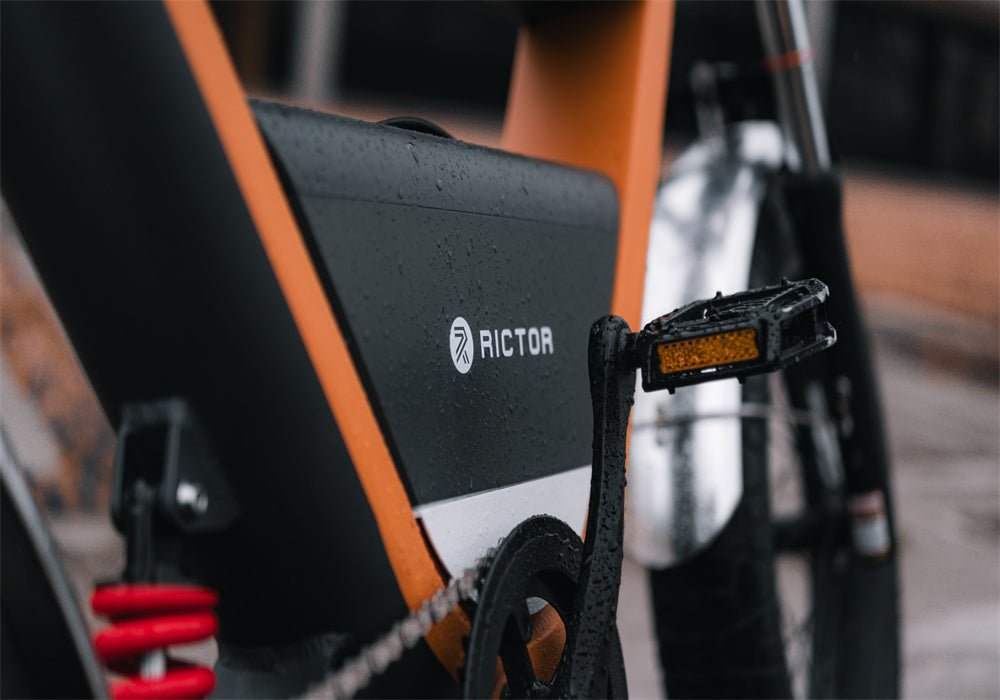
May 5, 2025
Electric Bike Battery Care: Extend Life by 40% with Simple Practices

Apr 30, 2025
Why Most E-Bikes Don't Have Regenerative Braking

Apr 30, 2025
City Commuting: Should You Choose an E-Bike or Scooter?

Apr 29, 2025
How Often Should You Charge Your eBike?

Apr 29, 2025
